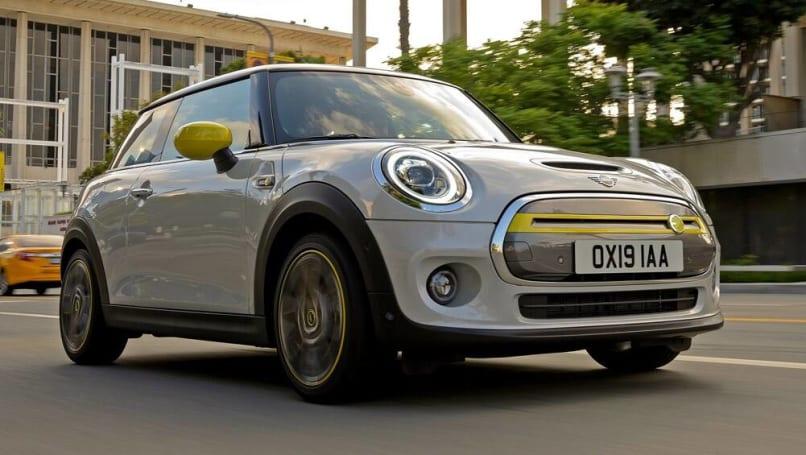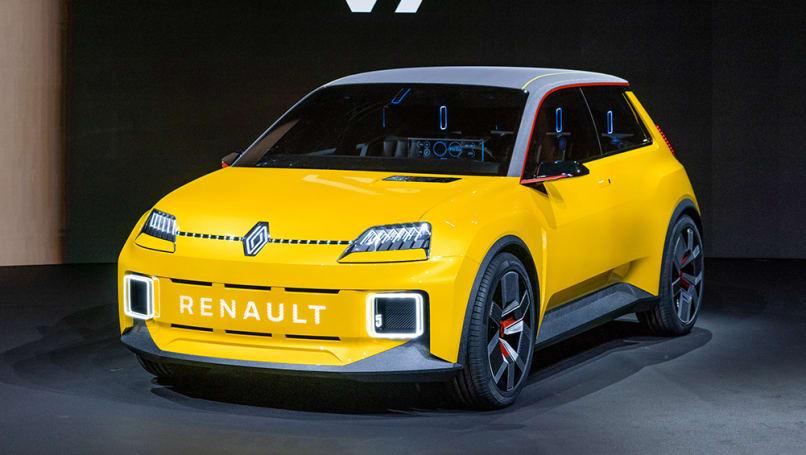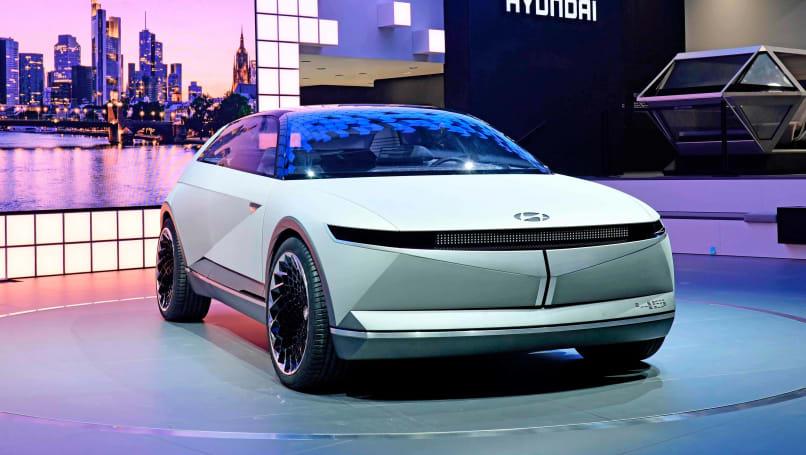
Honda e, Renault 5 and other retro-style electric cars prove why the past is the key to the future

The Honda e is arguably one of the most beautiful electric vehicles on the market, perhaps due to its retro design.
Change can be difficult to accept.
Electric cars gave freedom to car designers. No longer bound by traditional combustion engine requirements for over 100 years, designers have begun to push the boundaries of what we normally expect to see.
Take the Jaguar I-Pace, the British brand's electric crossover. Throughout its history, the jumping cat brand has used a "cabin back" design philosophy; basically, a long bonnet with the glass pushed back for a sporty stance.
Jaguar even used this theory when designing their first F-Pace and E-Pace SUVs. But when Jaguar got the opportunity to move away from the norms of a gasoline-powered car, it developed the cab-forward I-Pace.
The best example of this design freedom is BMW and its i3 all-electric city car. Other than the BMW badge, there's little to nothing in the design - inside and out - that ties it in with the rest of the Bavarian brand's lineup.
Both of these models, while important from a technological standpoint, are not what many would call "beautiful" or "attractive".
There is comfort in the familiar, so the latest trend in the future of electric vehicles is the past. The philosophy of retro-futuristic design has begun to spread in the automotive industry in an attempt to attract buyers to zero-emission vehicles.
Here are a few examples of this new trend that could influence what we see on the roads over the next decade.
Honda i

The Japanese brand can't claim retro design, but it was the first car company to use it for an electric car. Unveiled at the 2017 Frankfurt Motor Show as the Urban EV Concept, it has a clear design link to the first-generation Civic.
And it was a hit.
People loved the combination of its electric powertrain with a modern interpretation of a classic hatchback. Instead of a wind tunnel, the Honda e has the same boxy look and twin round headlights as the 1973 Civic.
Unfortunately, local Honda divisions abandoned it in Australia, but this is largely due to its popularity in the Japanese and European markets, where it was warmly received for its combination of retro charm and modern technology.
Mini electric

The British brand can arguably claim to have started the retro trend in car design, and now it's taken it to the next level with an electric version of its quirky little car.
Much of the BMW i3's shortcomings are the Mini Electric's fault, as BMW has found that consumers are happy with electrification but love the look of modern cars.
The three-door Mini is already on sale in Australia, starting at $54,800 (plus travel expenses). It features a 135 kW electric motor with 32.6 kWh lithium-ion batteries and a claimed range of 233 km.
Renault 5

After seeing the success of both Honda and Mini, Renault decided to get into the retro electric car movement with a new battery-powered hatch inspired by its small car from the 1970s.
Renault CEO Luca de Meo acknowledged that the revived 5 was a relatively late addition to the French brand's new electric car offensive, which will see seven electric models by 2025, but he said the company needed a hero model.
Like Honda and Mini, Renault has looked to the past for its future hero, but company design director Gilles Vidal believes the new Concept 5 has everything modern EV buyers are looking for.
“The design of the Renault 5 prototype is based on the R5, an iconic model from our heritage,” said Vidal. “This prototype simply epitomizes modernity, a car that is in keeping with its time: urban, electric, attractive.”
Hyundai Ioniq 5

The South Korean brand laid the foundations for its new Ioniq brand with a fairly ordinary-looking small car. But for his next new model, which will define his future, he turned to the past, in particular, to the 1974 Pony Coupe.
Hyundai, which will be called the Ioniq 5, has yet to unveil the production version of this electric crossover, but has given us a clear idea of the 45 concept. The company has even called it a "retro-futuristic fastback" as it takes elements from Italdesign's '74 Pony Coupe and transforms it into a modern electric SUV that will fit between the Kona and the Tucson.
More proof that for electric cars to make a bigger impression, they need designs that customers love, even if that means looking back.

